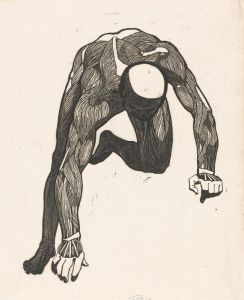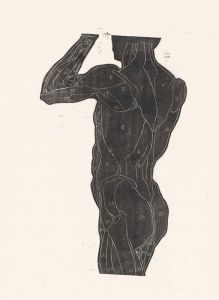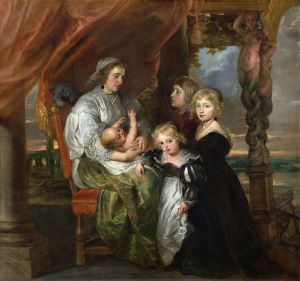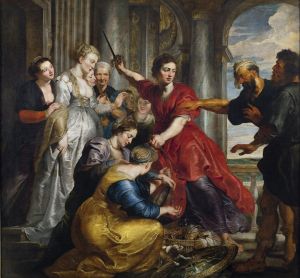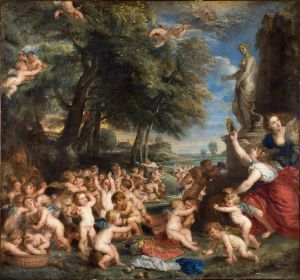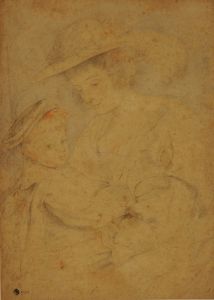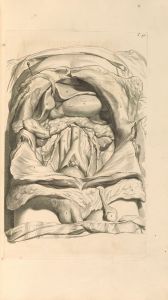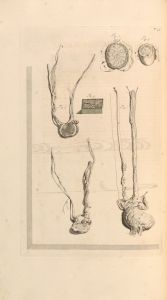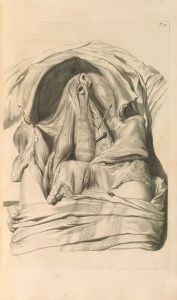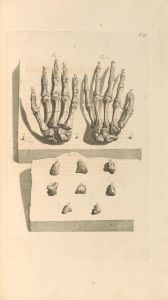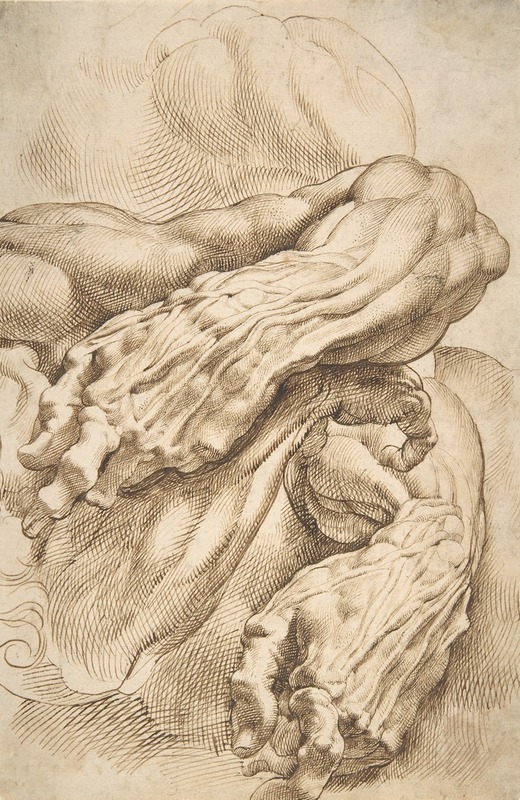
Anatomical Studies; a left forearm in two positions and a right forearm
A hand-painted replica of Peter Paul Rubens’s masterpiece Anatomical Studies; a left forearm in two positions and a right forearm, meticulously crafted by professional artists to capture the true essence of the original. Each piece is created with museum-quality canvas and rare mineral pigments, carefully painted by experienced artists with delicate brushstrokes and rich, layered colors to perfectly recreate the texture of the original artwork. Unlike machine-printed reproductions, this hand-painted version brings the painting to life, infused with the artist’s emotions and skill in every stroke. Whether for personal collection or home decoration, it instantly elevates the artistic atmosphere of any space.
Peter Paul Rubens, a prominent Flemish Baroque painter, is renowned for his dynamic compositions, vibrant color palette, and masterful depiction of the human form. Among his extensive body of work, "Anatomical Studies; a left forearm in two positions and a right forearm" stands out as a testament to his deep understanding of human anatomy and his dedication to the study of the human body.
Rubens was born in 1577 in Siegen, in present-day Germany, and spent most of his life in Antwerp, which was then part of the Spanish Netherlands. He was a prolific artist whose works encompassed religious and mythological subjects, portraits, landscapes, and historical scenes. His education included a comprehensive study of classical art and literature, which greatly influenced his artistic style.
"Anatomical Studies; a left forearm in two positions and a right forearm" is a drawing that exemplifies Rubens' meticulous approach to anatomical studies. This work is part of a series of anatomical sketches that Rubens created, reflecting his interest in the accurate representation of the human body. Such studies were crucial for artists of the Baroque period, who sought to depict the human figure with realism and dynamism.
The drawing features detailed studies of a left forearm shown in two different positions and a right forearm. Rubens' use of line and shading demonstrates his skill in capturing the musculature and structure of the limbs, highlighting his ability to convey the complexity of human anatomy. These studies were likely intended as preparatory works for larger compositions, where a precise understanding of anatomy would enhance the realism and expressiveness of his figures.
Rubens' anatomical drawings were influenced by the scientific advancements of his time. The Renaissance and Baroque periods saw a resurgence of interest in the study of anatomy, driven by figures such as Andreas Vesalius, whose groundbreaking work "De humani corporis fabrica" revolutionized the understanding of human anatomy. Artists like Rubens benefited from these developments, as they provided a more accurate framework for depicting the human form.
In addition to his own studies, Rubens was known to have collaborated with other artists and scholars, exchanging ideas and techniques. His workshop in Antwerp was a hub of artistic activity, where he trained numerous students and assistants. This collaborative environment contributed to the dissemination of anatomical knowledge and artistic skills.
Rubens' anatomical studies are not only valuable for their artistic merit but also for their contribution to the broader understanding of human anatomy during the Baroque period. They reflect the intersection of art and science, a hallmark of the era's intellectual pursuits.
Today, Rubens' anatomical drawings are held in various collections and continue to be studied by art historians and enthusiasts. They offer insight into the artist's process and serve as a reminder of the enduring importance of anatomical knowledge in the creation of art. Through works like "Anatomical Studies; a left forearm in two positions and a right forearm," Rubens' legacy as a master of the human form endures, inspiring future generations of artists.





